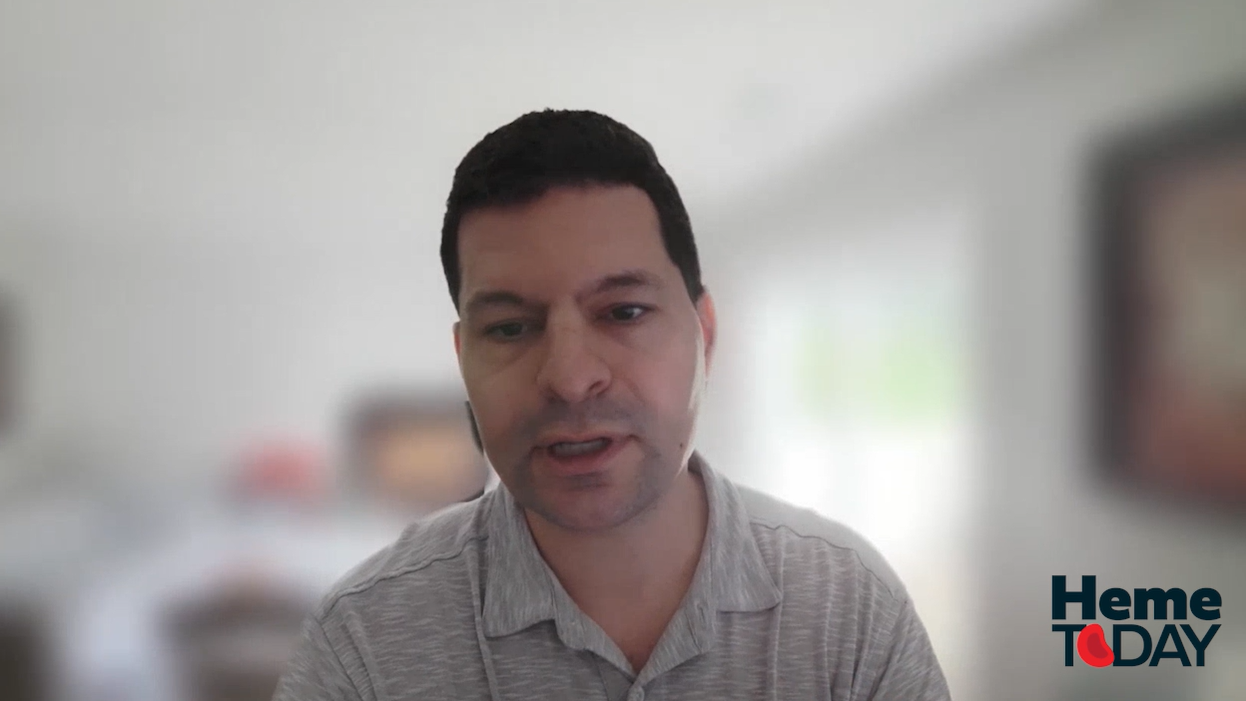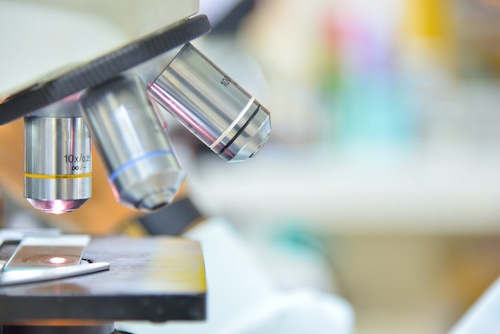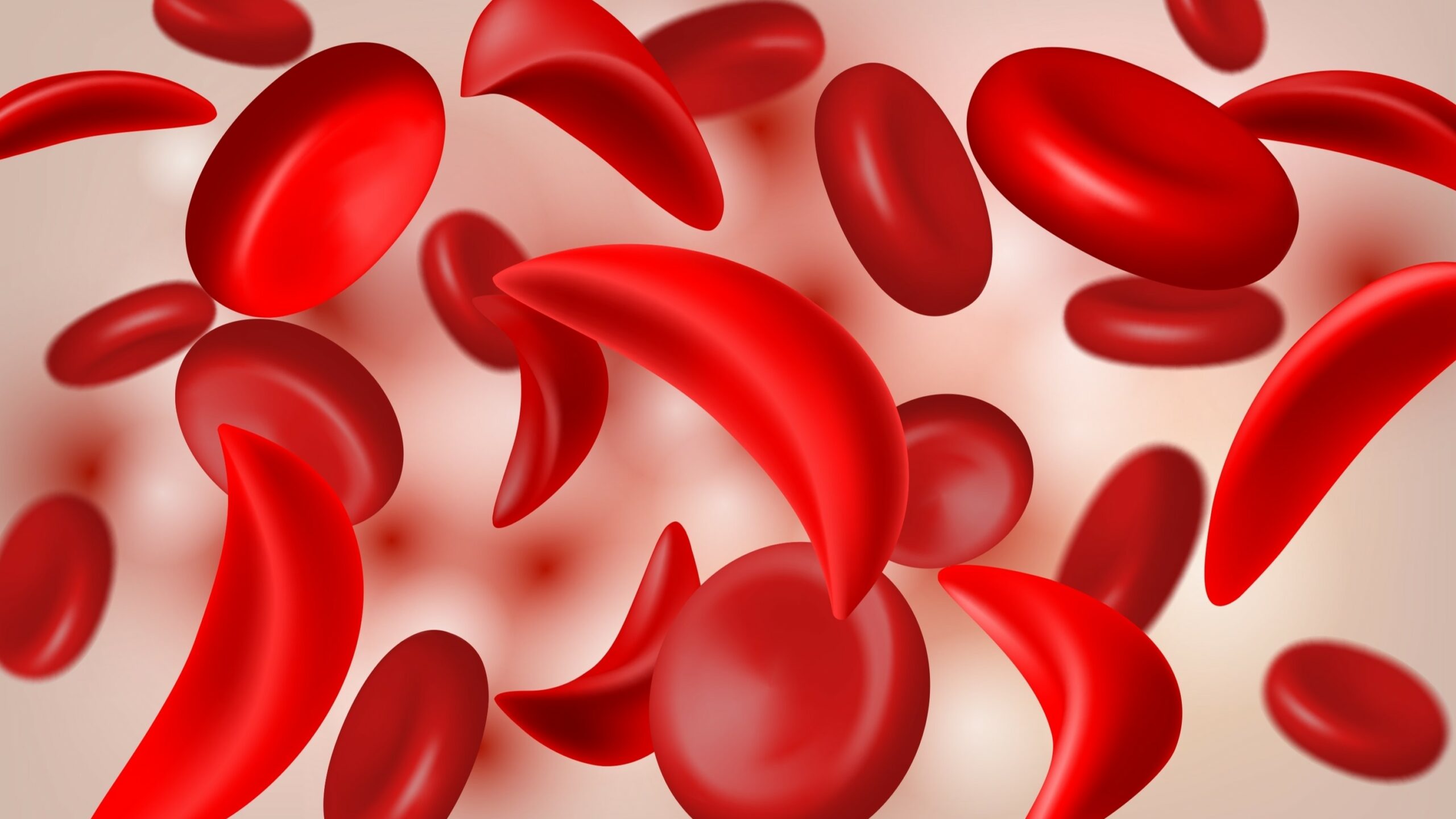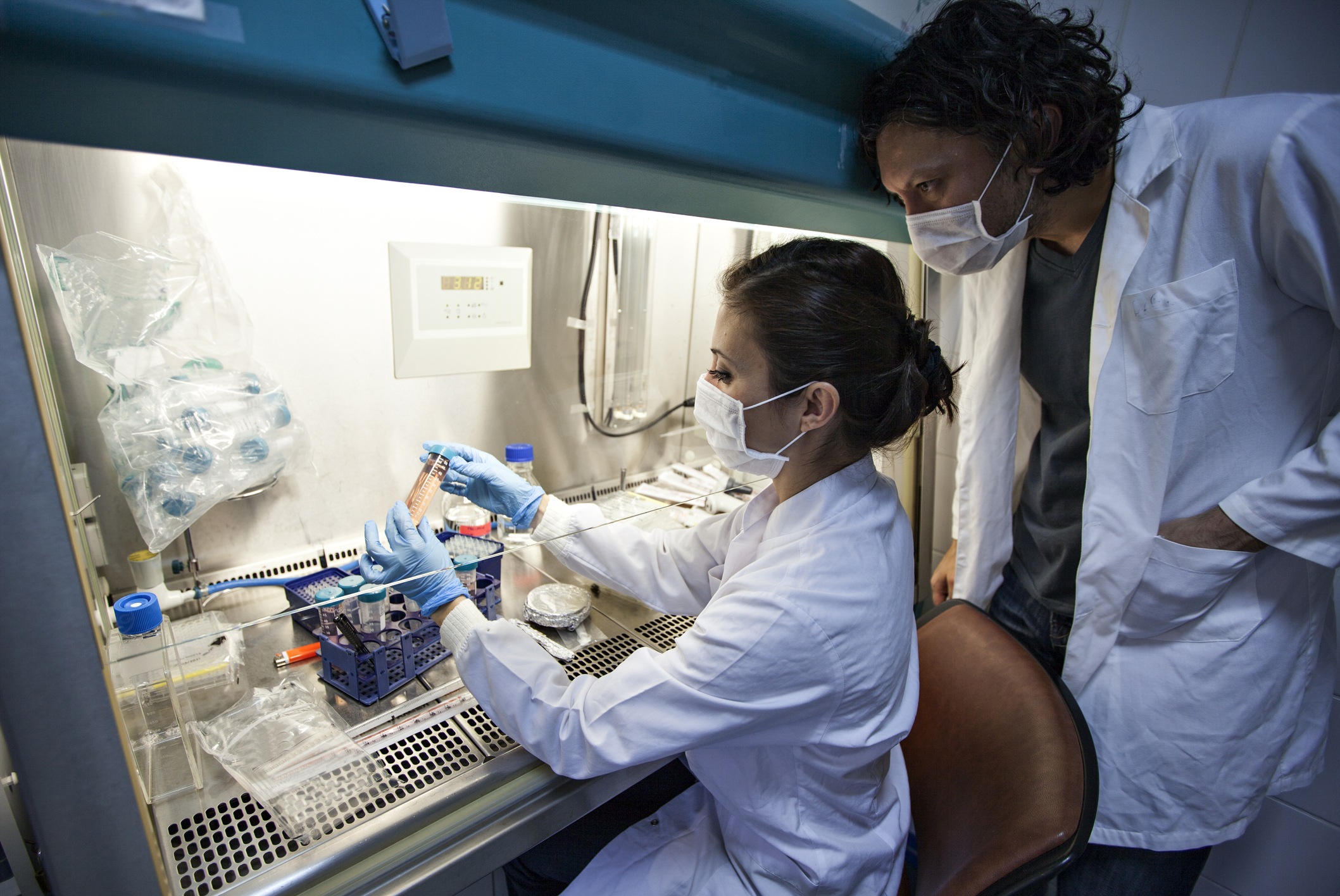
Exagamglogene autotemcel (exa-cel) for severe sickle cell disease (SCD) is currently being evaluated in the phase III CLIMB SCD-121 and CLIMB-131 clinical trials. Updated results from these ongoing trials show an enduring, clinically significant benefit to patients. The data were presented at the 2025 Tandem Transplantation & Cellular Therapy Meetings of the ASTCT and CIBMTR in Honolulu, Hawai’i.
“These findings confirm the potential of exa-cel as a one-time functional cure for patients with severe SCD,” wrote trial first author Stephan A. Grupp, MD, PhD, and colleagues of Children’s Hospital of Philadelphia, Pennsylvania.
CLIMB SCD-121 enrolled 46 patients with severe SCD aged 12 to 34 years; the patients had a median age of 21.4 years. All patients had a history of at least two vaso-occlusive crises (VOCs) per year within two years, with a median of 4.2 VOCs per year at baseline.
The patients were infused with exa-cel after a median of 2.4 mobilization cycles and myeloablative busulfan conditioning and had a median follow-up of 29.9 months. After infusion, all patients had neutrophil and platelet engraftment, with a median neutropenia duration of 17 days and median time to hospital discharge of 31.5 days.
In CLIMB SCD-121, 36 of 40 evaluable patients were free of severe VOCs for at least 12 consecutive months and had a median VOC-free duration of 29.3 months. Thirty-one patients in CLIMB SCD-121 completed two years of follow-up and transitioned to CLIMB-131.
The researchers observed that levels of hemoglobin (Hb) and fetal hemoglobin (HbF) were increased and maintained in all 46 patients and that allelic editing was stable. At Month 3 the patients had a mean total Hb level of 11.9 g/dL, and from Month 6 onward, these levels have remained at or near reference levels of 12 g/dL or higher. At Month 3 the mean HbF level was 37.4%, and from Month 6 onward, the levels have remained at 40% or higher and have a pancellular distribution.
“Elimination of VOCs was achieved in 90% of pts [patients] receiving exa-cel, with clinically meaningful increases in HbF and total Hb that were maintained over time,” Dr. Grupp and colleagues highlighted.
In the cohort there were no discontinuations of the study treatment or occurrence of malignancies. One death occurred due to respiratory failure from COVID-19 infection unrelated to treatment. Most adverse events (AEs) occurred within the first six months of the study, and no serious AEs were assessed to be related to the treatment.
“Exa-cel’s safety profile remains consistent with myeloablative busulfan conditioning and autologous transplantation,” Dr. Grupp and colleagues summarized.
Reference
Grupp SA, Locatelli F, Sharma A, et al. Durable clinical benefits in severe sickle cell disease with exagamglogene autotemcel. Abstract #718. Presented at the Transplantation & Cellular Therapy Meetings of ASTCT and CIBMTR; February 12-15, 2025; Honolulu, Hawai’i.







 © 2025 Mashup Media, LLC, a Formedics Property. All Rights Reserved.
© 2025 Mashup Media, LLC, a Formedics Property. All Rights Reserved.